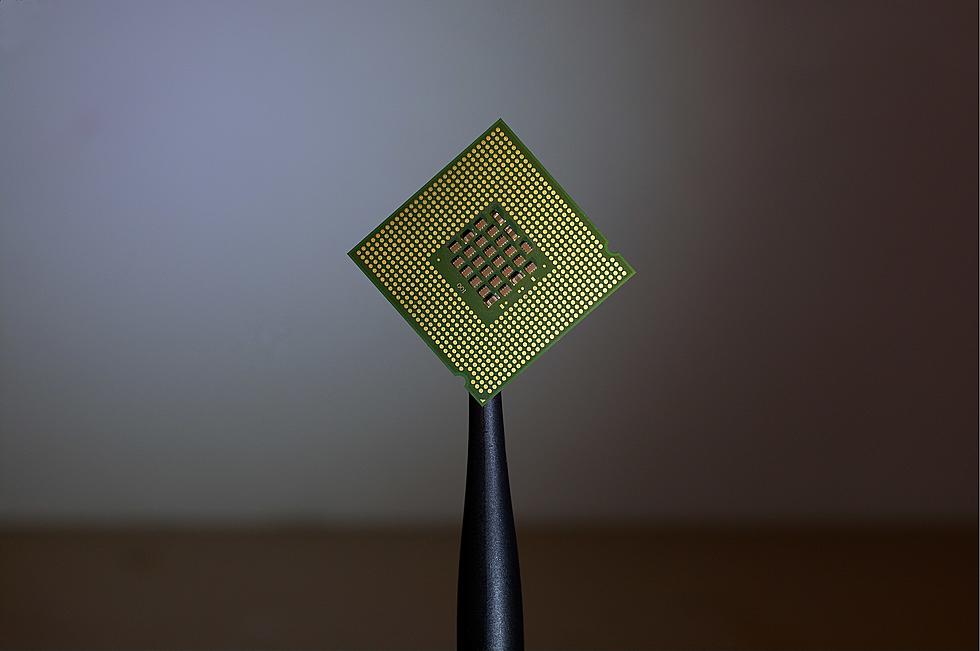
The Michigan Microchip Shortage, Why Can’t We Just Make More of Them?
It's not just a Michigan thing. I know this. We know this. The whole automotive industry is affected and it's hurting us bigtime here in the mitten state.

But really, and I know I'm not the first one to ask, why don't we just make some more of them? Seems like a straightforward question that should have a pretty simple answer right?
We shall find out that the words simple and microchips only work together in sentences like this.
The good news, we've got chips on the way and the cars are already built and waiting.
General Motors dealers will start seeing Chevy Traverses and Buick Enclaves showing up on their lots again. That’s because the Delta Township plant has a new supply of microchips. GM officials told News 10 the thousands of cars that were waiting for chips are now being completed and being sent to dealerships. (WILX)
GM plant workers in Michigan and surrounding suppliers headed back to work on Monday (10/04/21), chips are going into cars, and cars will be going to dealerships.
But how long will this fresh supply last before we see another shortage or they run out again? How long is it going to take to stabilize and for everything to get back on track?
Why don't we just make our own microchips?
Manufacturing a chip typically takes more than three months and involves giant factories, dust-free rooms, multi-million-dollar machines, molten tin, and lasers. The end goal is to transform wafers of silicon—an element extracted from plain sand—into a network of billions of tiny switches called transistors that form the basis of the circuitry that will eventually give a phone, computer, car, washing machine or satellite crucial capabilities. (tbsnews)
Read more about why making microchips is nowhere as simple or as easy as you think.
These chips ain't cheap...to make.
Chip plants run 24 hours a day, seven days a week. They do that for one reason: cost. Building an entry-level factory that produces 50,000 wafers per month costs about $15 billion. Most of this is spent on specialized equipment—a market that exceeded $60 billion in sales for the first time in 2020. (Bloomberg)
And those same plants that needed to run 24 hours a day and seven days a week got shut down because of, you guessed it, the pandemic.
As the world shut down because of the COVID-19 pandemic, many factories closed with it, making the supplies needed for chip manufacturing unavailable for months. Orders began to pile up as manufacturers struggled to create enough chips to meet the new levels of demand. A backlog began to grow and grow and grow. (popsci)
How long is this gonna last?
It won't start to improve until next year and maybe a return to normal in the first part of 2023.
The CEO of chipmaker STMicroelectronics, Jean-Marc Chery, said the shortage will likely last at least two years. “Things will improve in 2022 gradually,” Chery said, “but we will return to a normal situation … not before the first half of 2023.” (gobankingrates)
LOOK: See the iconic cars that debuted the year you were born
LOOK: See how much gasoline cost the year you started driving
See the Must-Drive Roads in Every State
More From 97.5 NOW FM









